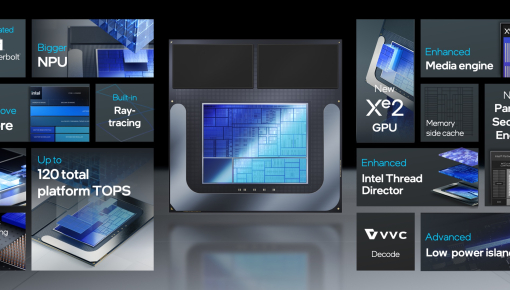AR is here to stay
Augmented reality showed unprecedented growth in 2020, with new and exciting applications coming to the fore. And this is only the start: the worldwide market is forecast to increase dramatically in the next few years (CAGR of 43.8% from 2021 to 2028*). It’s clear that AR can no longer be left out of our future vision.
Enhancing the physical world using digital tools is interesting from both a B2C and B2B perspective. The increased commercial use of AR technology is backed by the general acceptance of digital interaction, especially since Covid-19 has accelerated the adoption of immersive technologies among consumers and professionals.
AR has the potential to bring value to a very broad set of industries, including retail, automotive, healthcare and travel; it has grown well beyond the confines of the entertainment industry. In retail, mainstream brands such as Sephora and Warby Parker offer virtual try-ons, which has the potential to become an industry standard. In this case, AR is expected to bring a next level of digital consumer experience and minimise returned product. In addition, AR advertisements are growing rapidly. Interactive and lifelike, this technology enables marketeers to create more emotional and personal connections with their audience. We can expect this new type of brand experiences to appear both inside and outside our homes; Apple recently announced it would add AR content to Apple TV+ this year.
However, the opportunities go further than the consumer business. AR can also facilitate better remote customer service, enabling ‘eyes on location’, offering tailor-made help on the spot. Porsche connects their HQ tech with technical experts in the field using AR, reducing repair times by 40%, confirming AR can also contribute to the bottom line.
We will see this technology take its place in the world of autonomous driving (e.g. Nissan Invisible-to-Visible technology) to make driving more comfortable, safe and exciting. In healthcare, AR enables doctors to assist remotely, or work more effectively. For example, AccuVein reveals where a patient’s veins are located, making a ‘correct first stick’ 3.5x more likely.
I believe we’re on the brink of understanding what AR can bring to an even wider range of industries. With the rise of complementary technologies like artificial intelligence, 5G and LiDAR, the outlook for more immersive AR experiences can only be exciting.
The technology itself is advanced and ready for widespread use, however the accompanying hardware needs to catch up. Whether it will be the Apple Glass or Mojo Lens that successfully takes AR mainstream, the hardware will need to be instantly present and unobtrusive to allow us to experience our new ‘phygital’ world without friction.
My piece of advice, AR will soon be embedded into our daily lives. Embrace the technology and explore how it could benefit your business, be it through improving customer experience, building your brand or increasing operational excellence.
*market size to reach USD 340.16 billion in 2028 / www.grandviewresearch.com
This article is part of the series, Tech-Bites: exploring our favourite tech trends for 2021.



